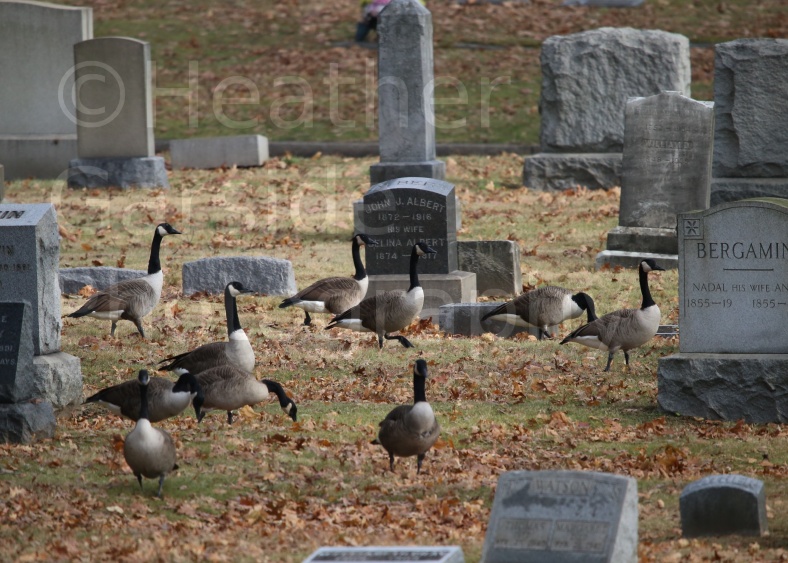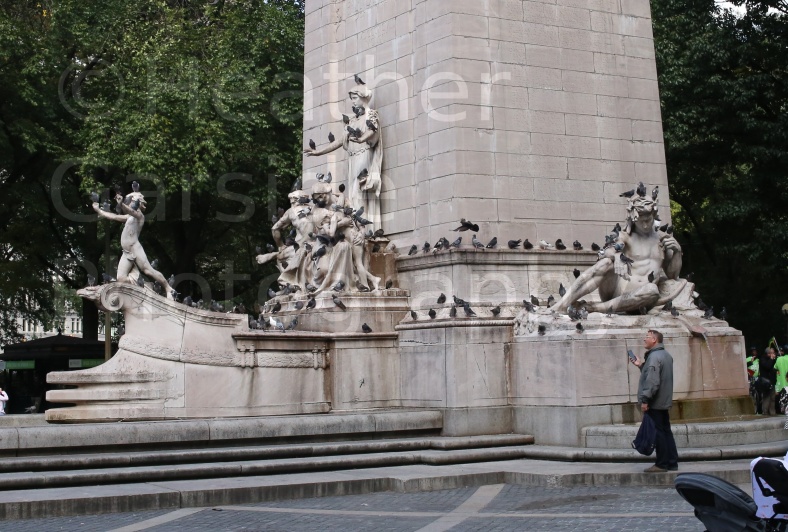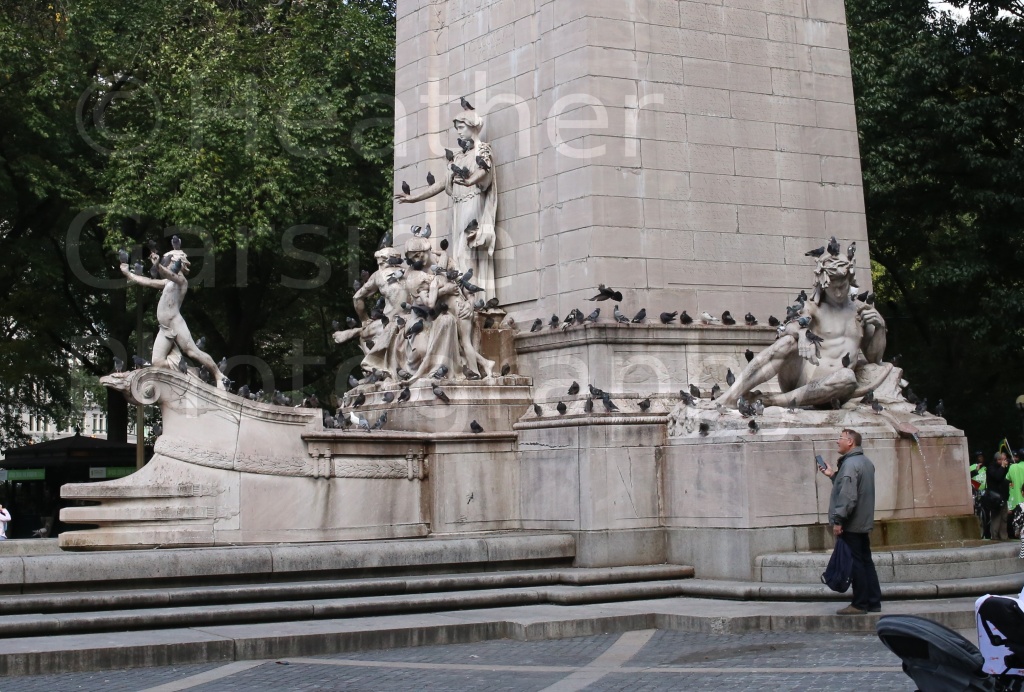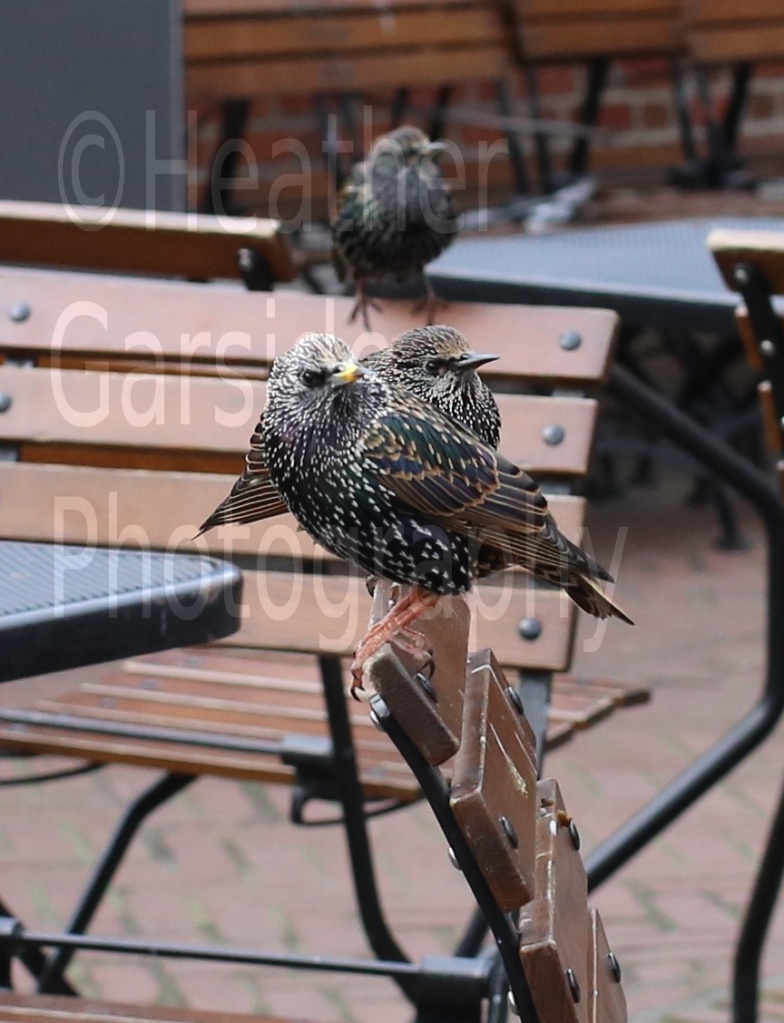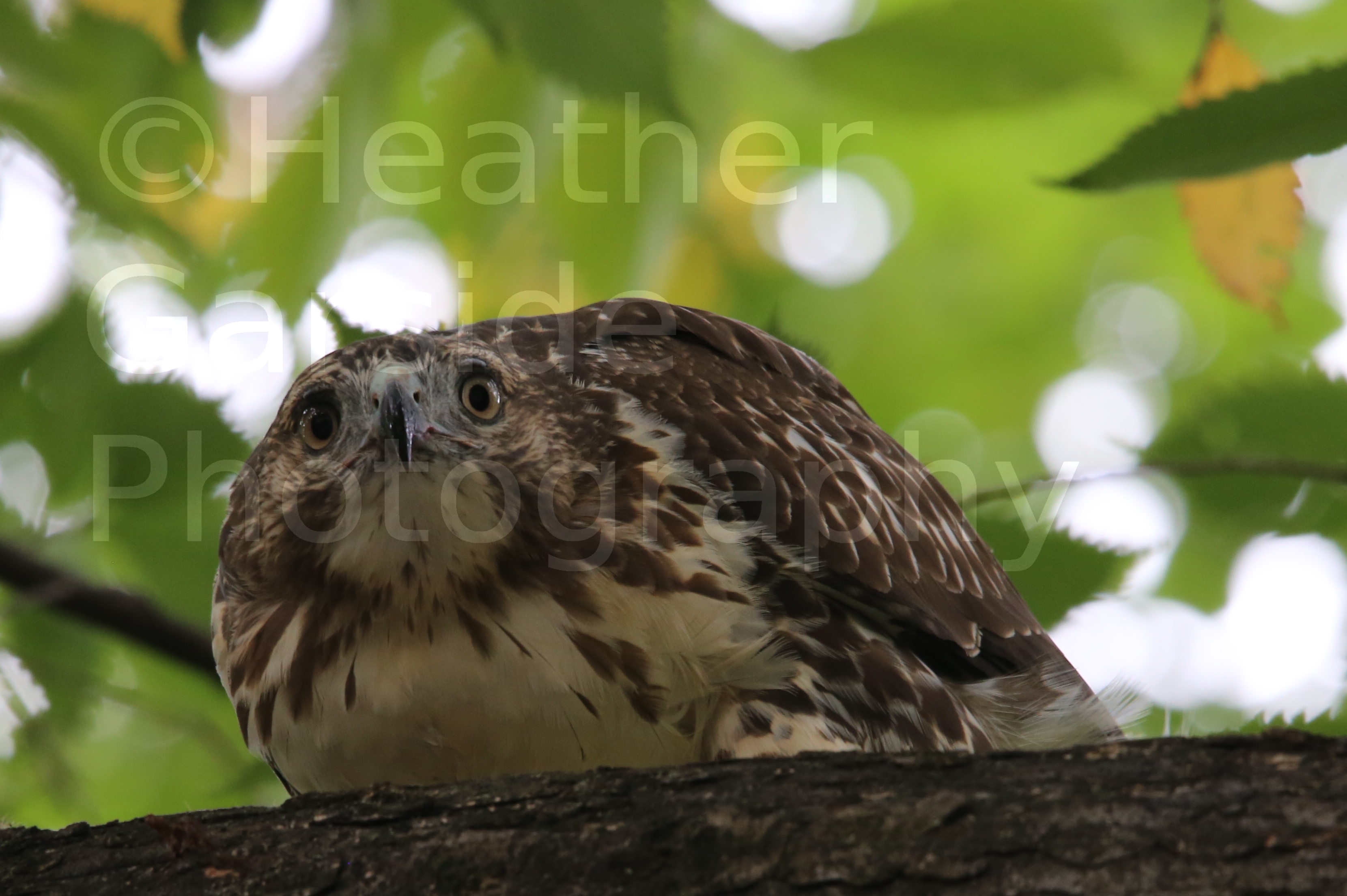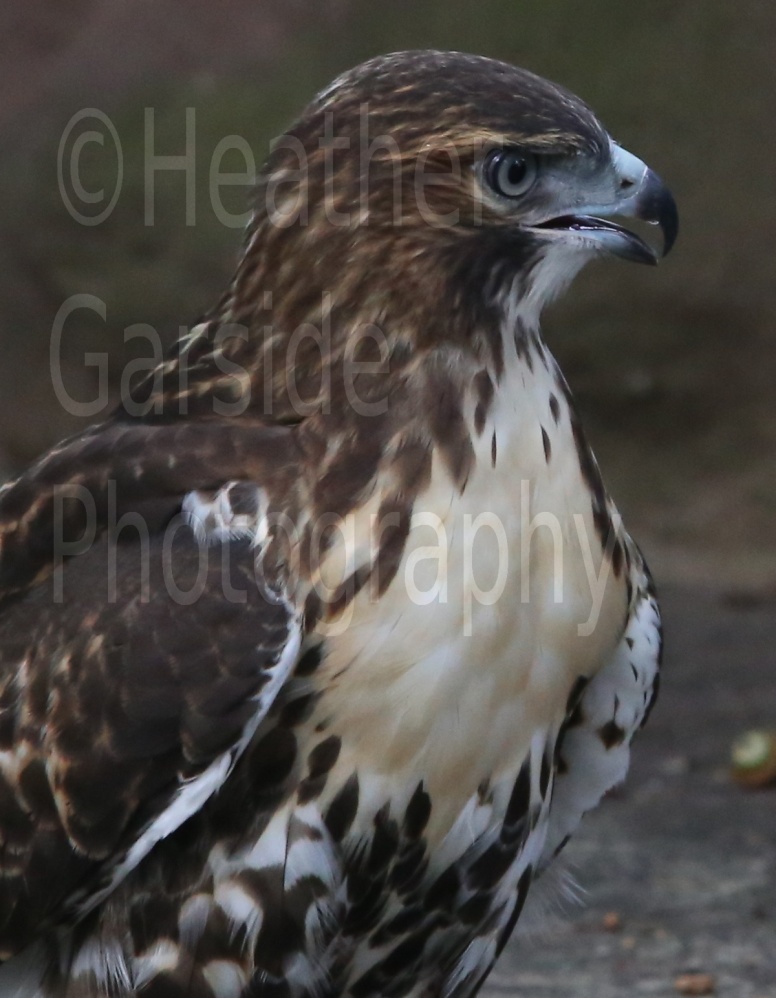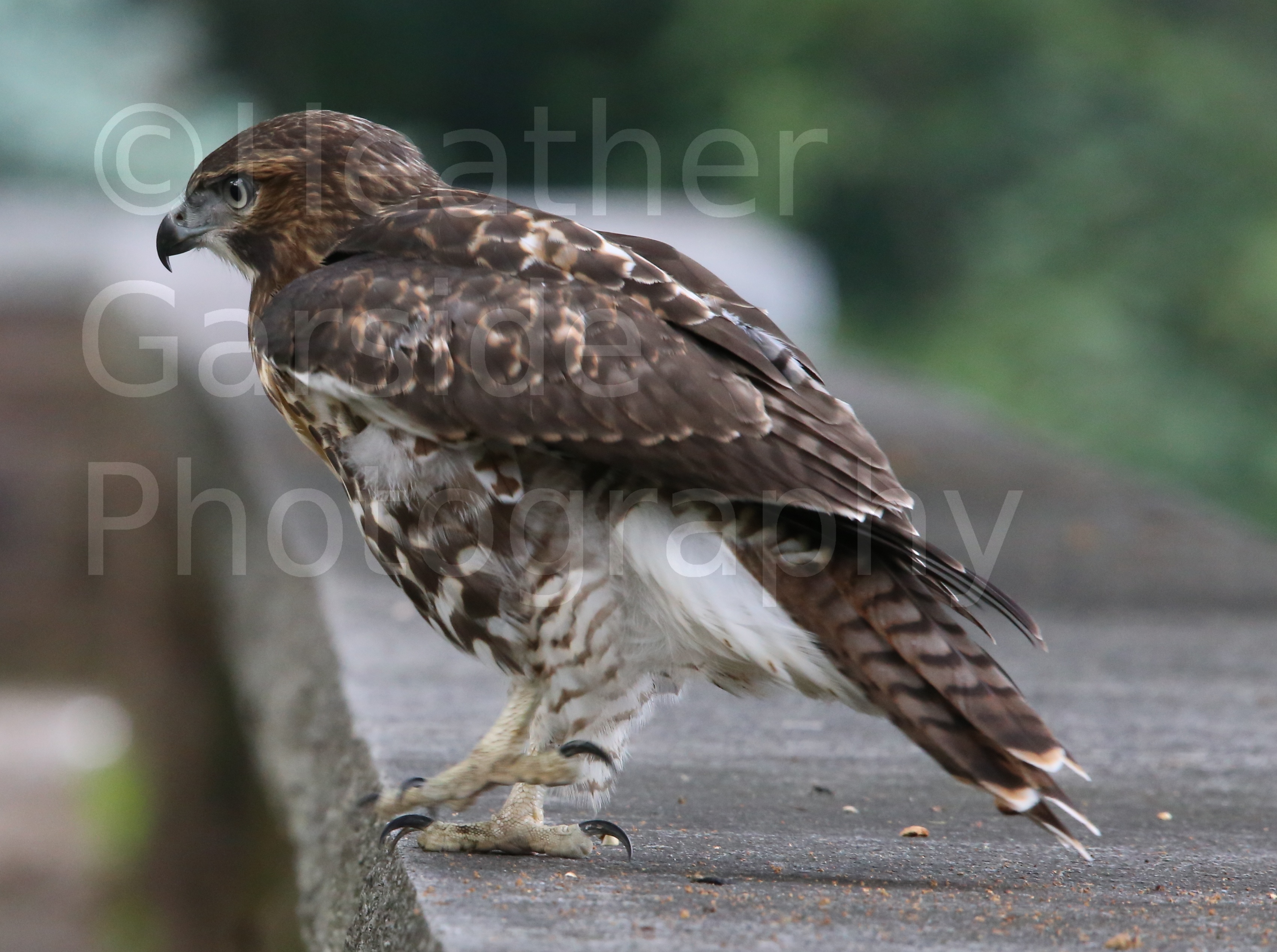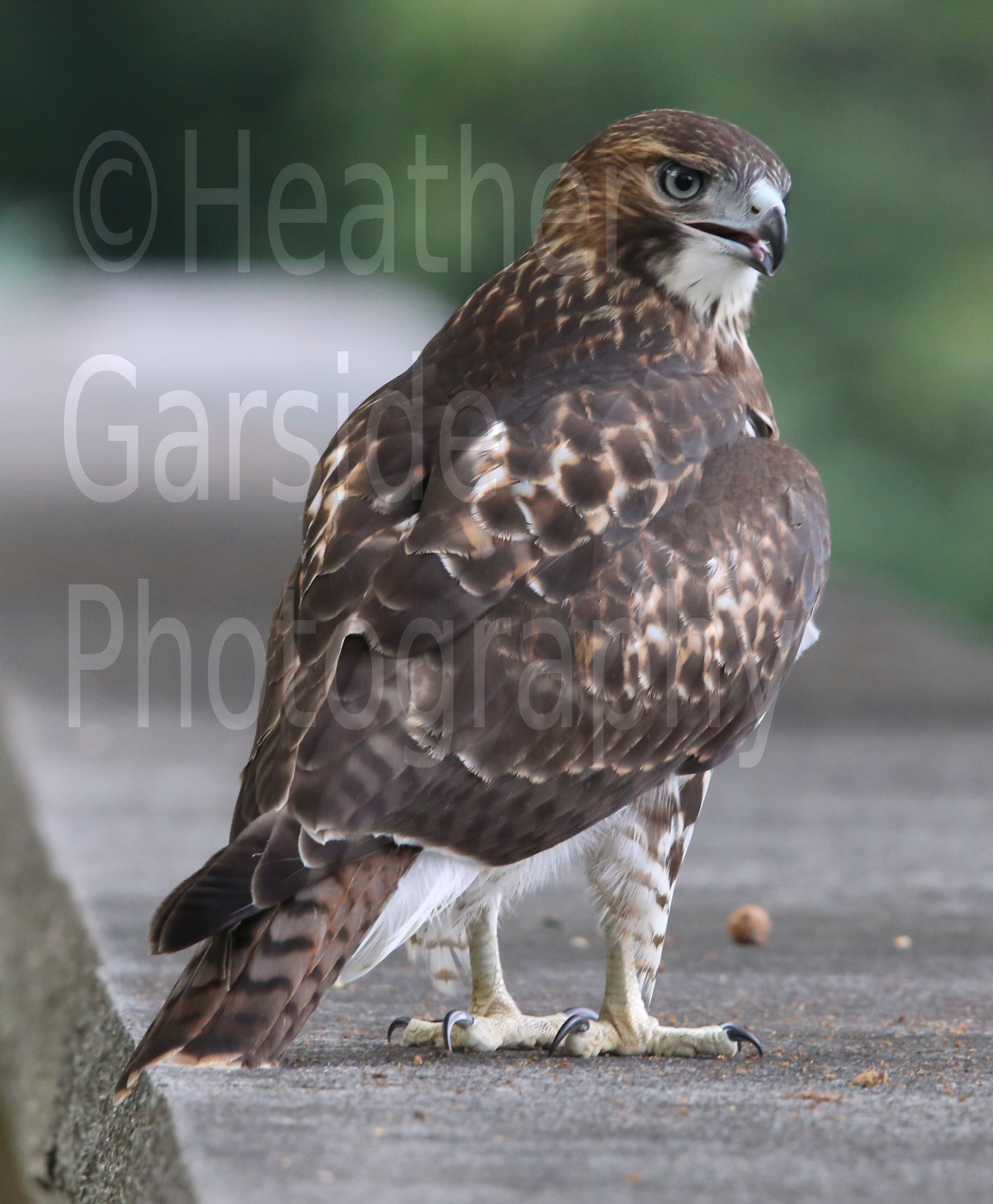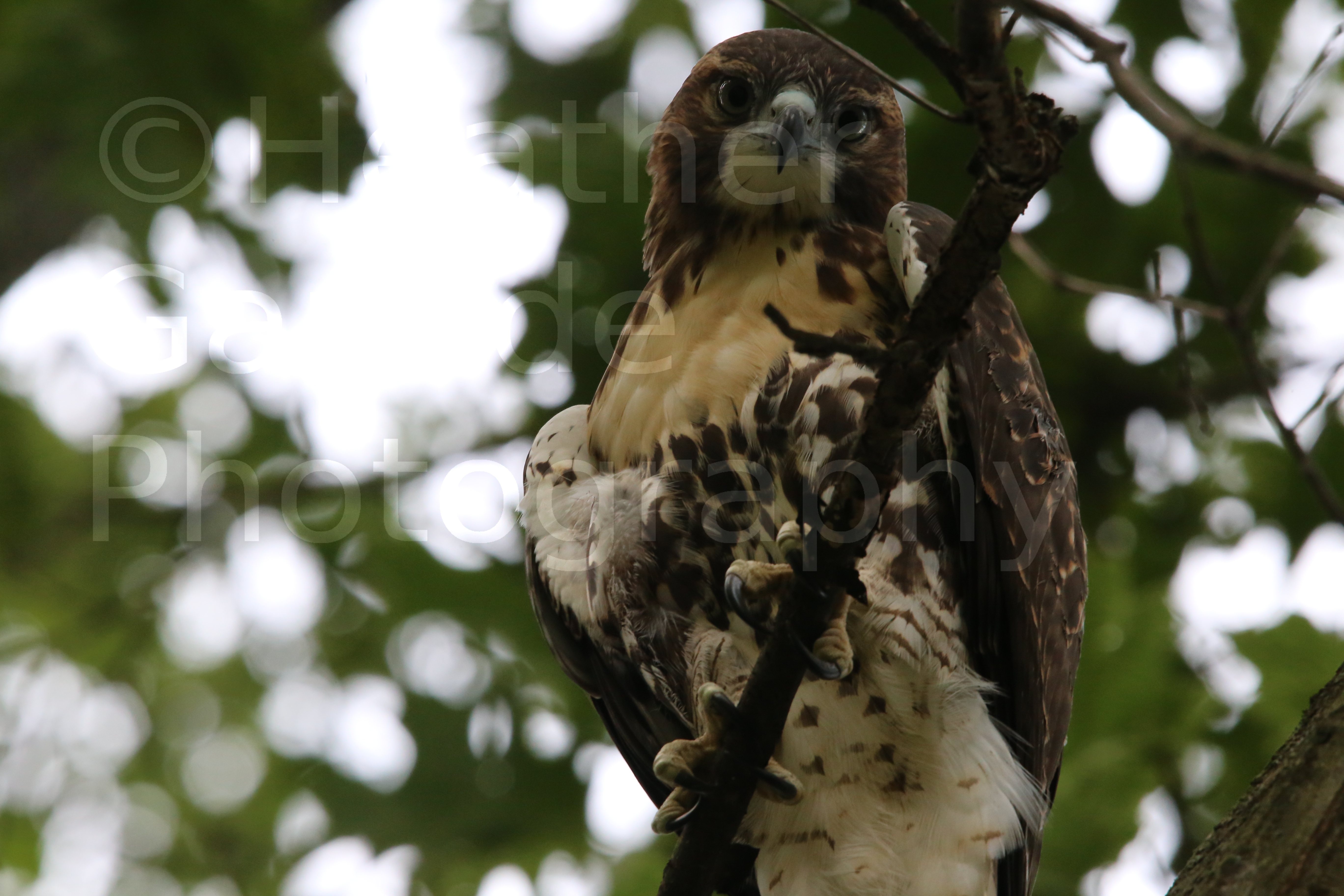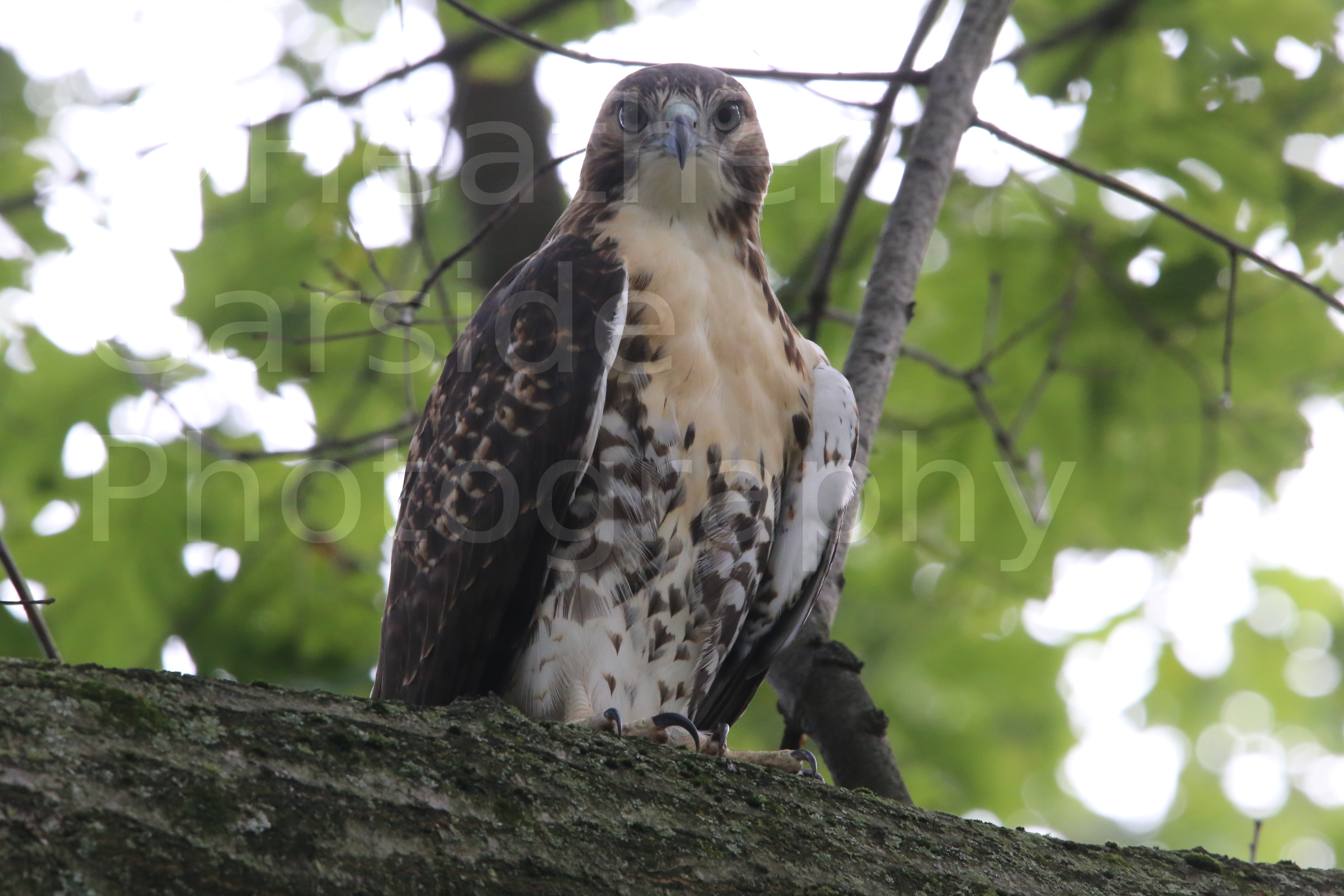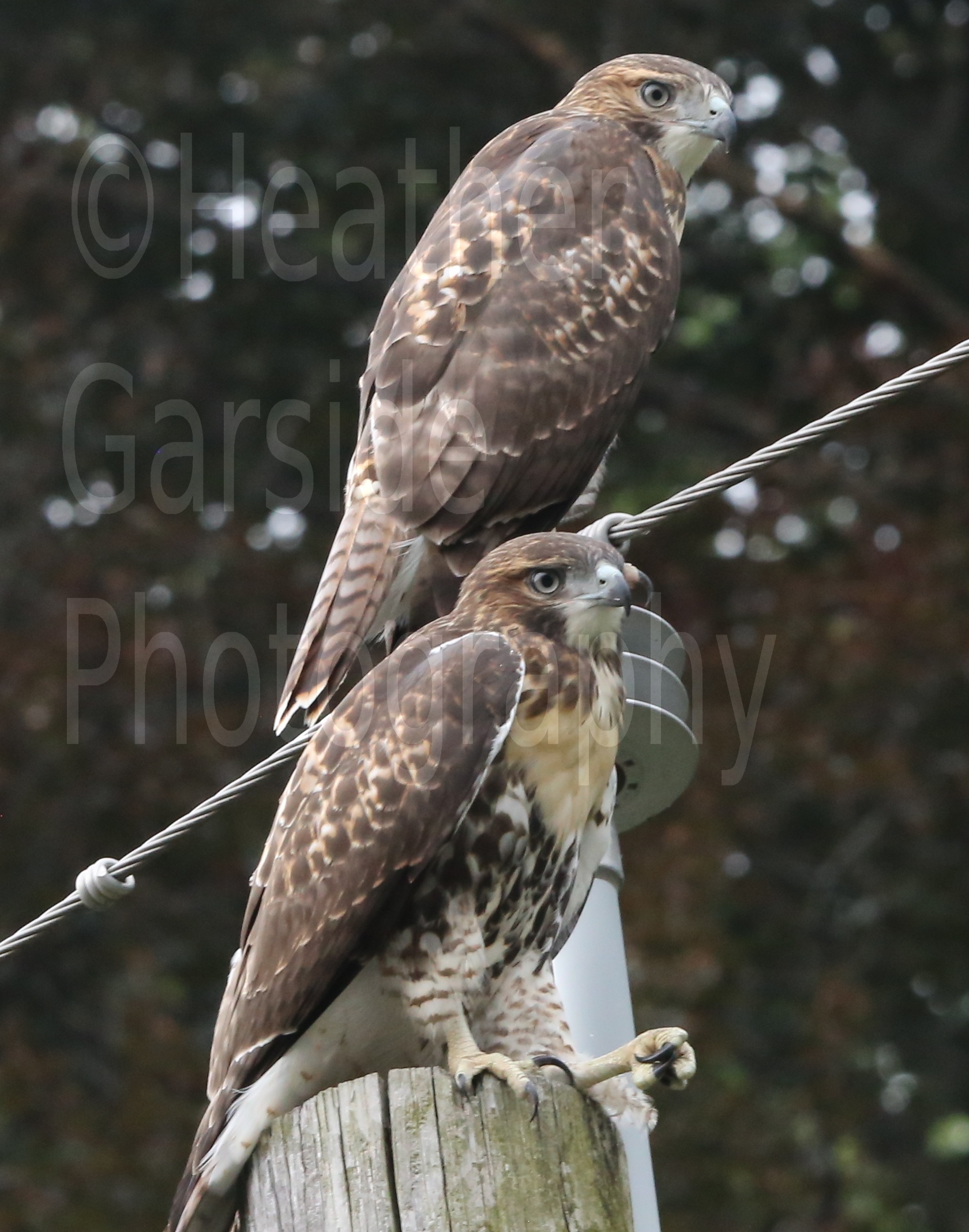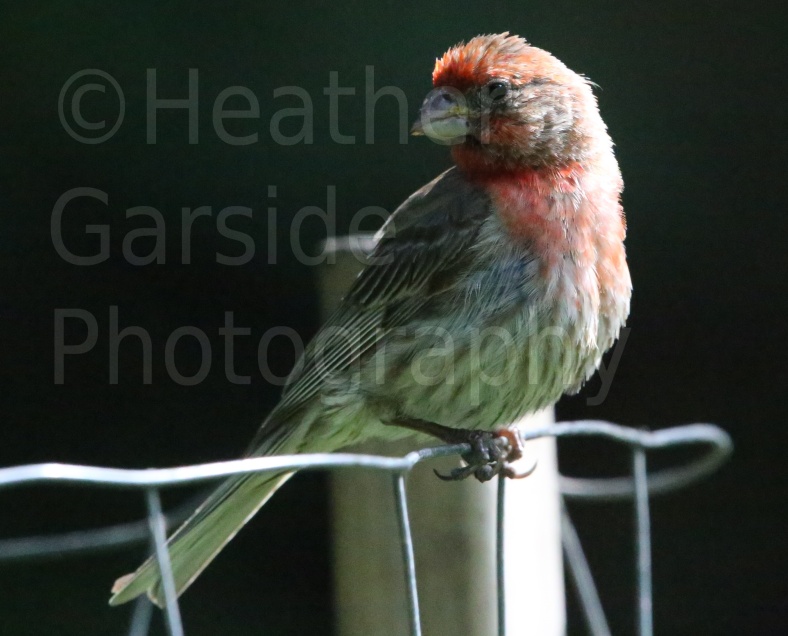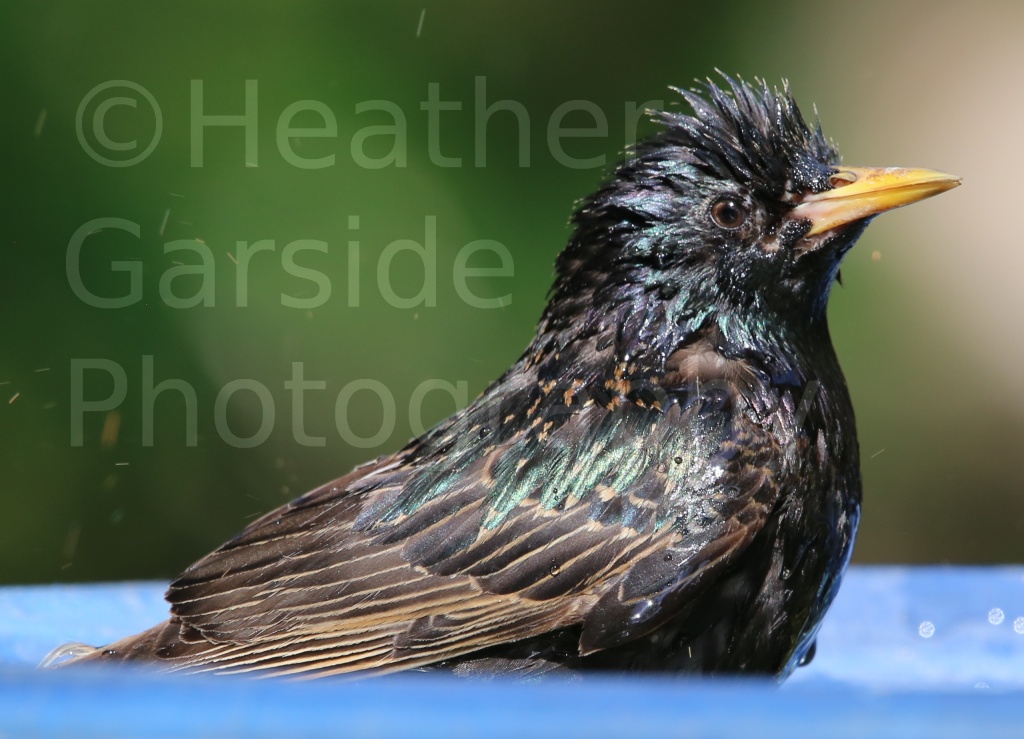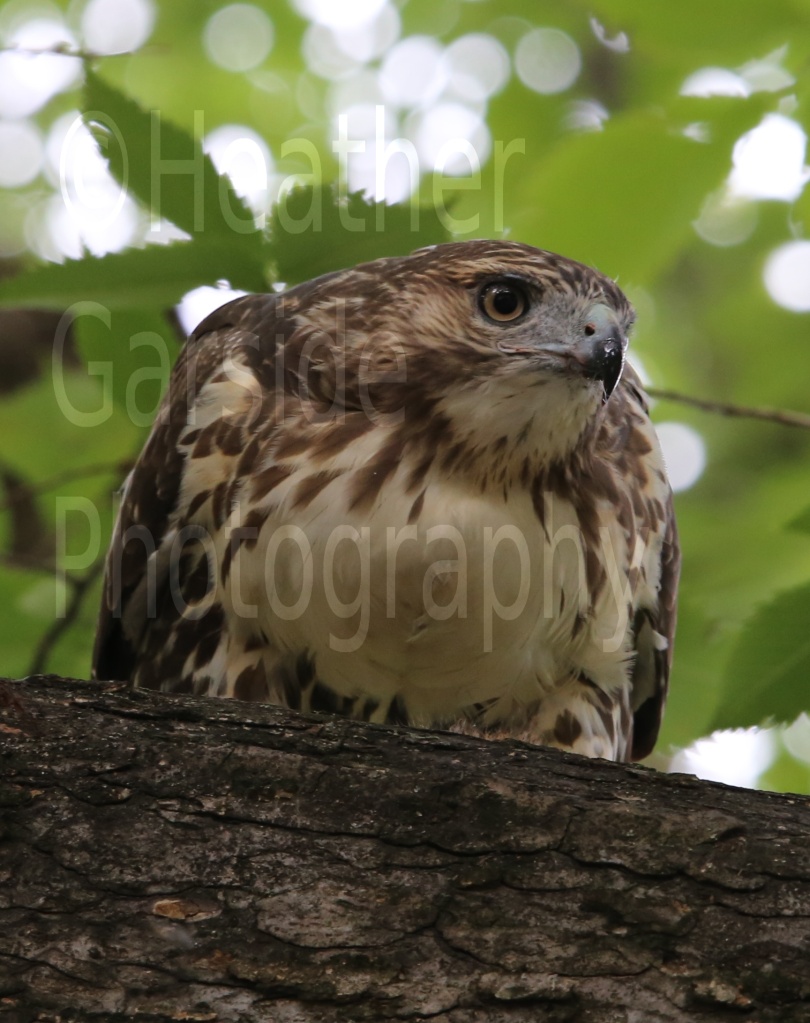2020 has been a very weird year. While the birds haven’t been affected by Covid-19 in the slightest, in many cases their habitats have seen a drastic increase in human foot traffic this past year. Trail parking lots that would sometimes only see a few cars in the course of a week are now overflowing every weekend and even fairly busy during the week. I can’t blame everyone for wanting to get out and embrace nature. Perhaps a positive, if indirect result of the pandemic will be that it will have created more nature lovers.
There are many discussions and opinions about these nature newbies around the internet, both excitement and concern that people are not acting appropriately (staying on the trail, removing their trash etc.) but I don’t wish to add my voice to the mix on that particular topic. The only reason I brought up the increased attendance is to explain that as a result I have not been hitting the trails as much as I did in previous years.


But, I am learning that you don’t have to go all that far to find wildlife in your own habitat. And I am not just talking about the usually attendees at your bird feeder. I mean wild, wildlife. Just this summer and fall there were notices about a fox, coyote and bear roaming my area (not together obviously). Since relocating to our new nest in July, my husband and I have witnessed quite a few more unusual animals and I am not only referring to our run in with the three young raccoons which I wrote about in July.
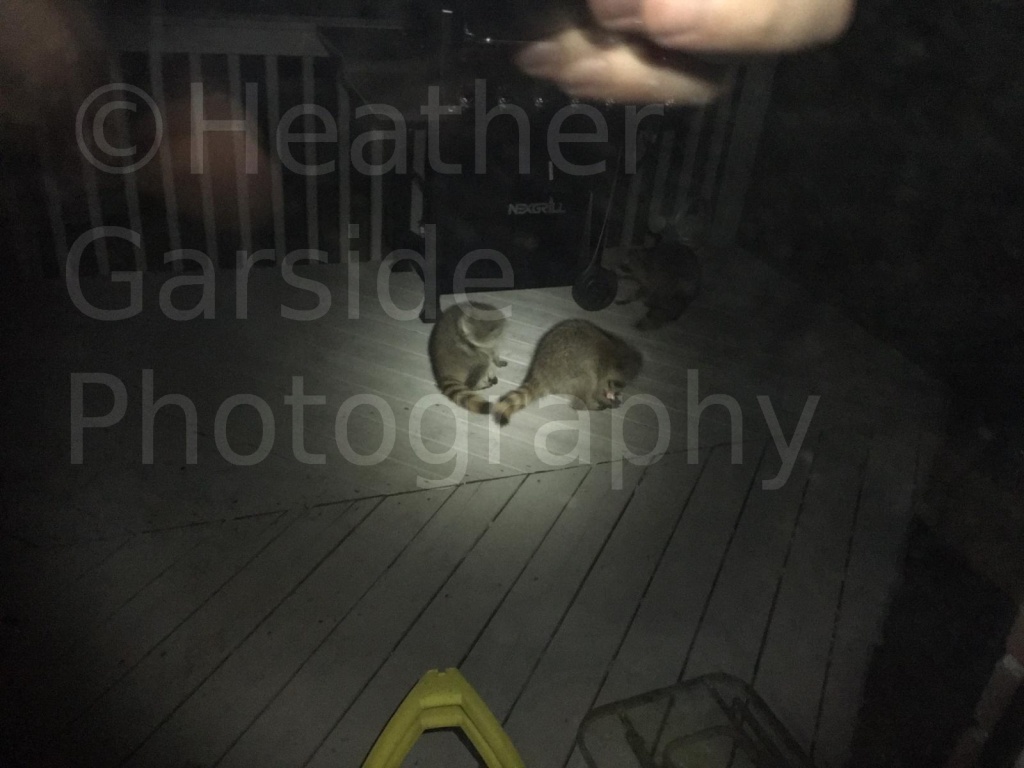
Since we had such a hot August, my husband and I made a habit of grilling and sitting on our deck after dinner, once the sun had stopped beating down on the boards. As a result, we often witnessed the transition between day and night. I am not just talking about the color of the sunsets, but also the more subtle transition as the daytime birds and insects start to bed down for the night and nature’s third shift starts to clock in.
One of the things we continually loved to watch was the emergence of the bats. They were amazing to watch, soaring through the air so gracefully. Often watching them feels like witnessing an optical illusion, as they seem to appear and disappear in the fading light. Unfortunately, even after great discussion and thought, it was determined that we don’t have sophisticated enough equipment to photograph the bats at the moment.
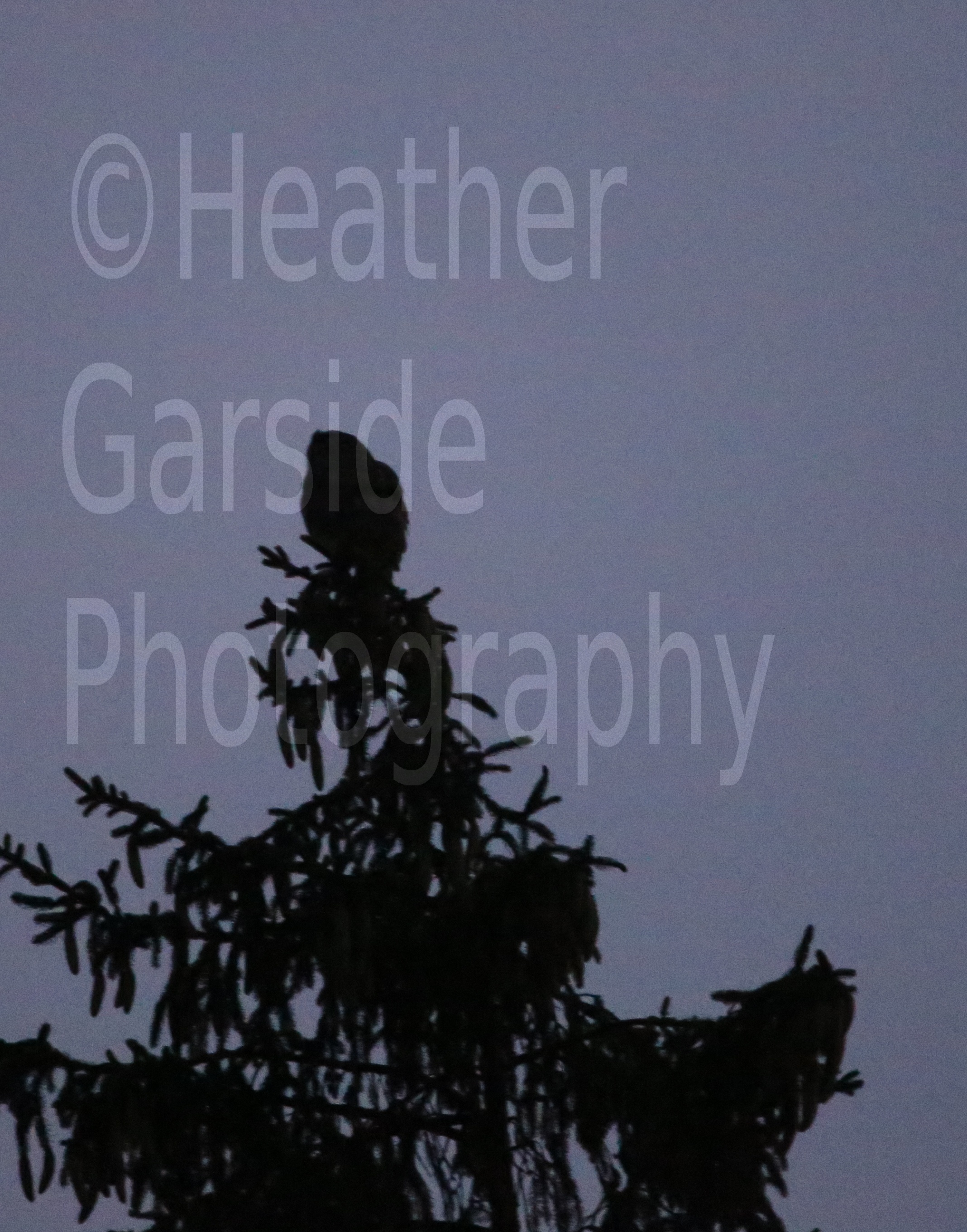
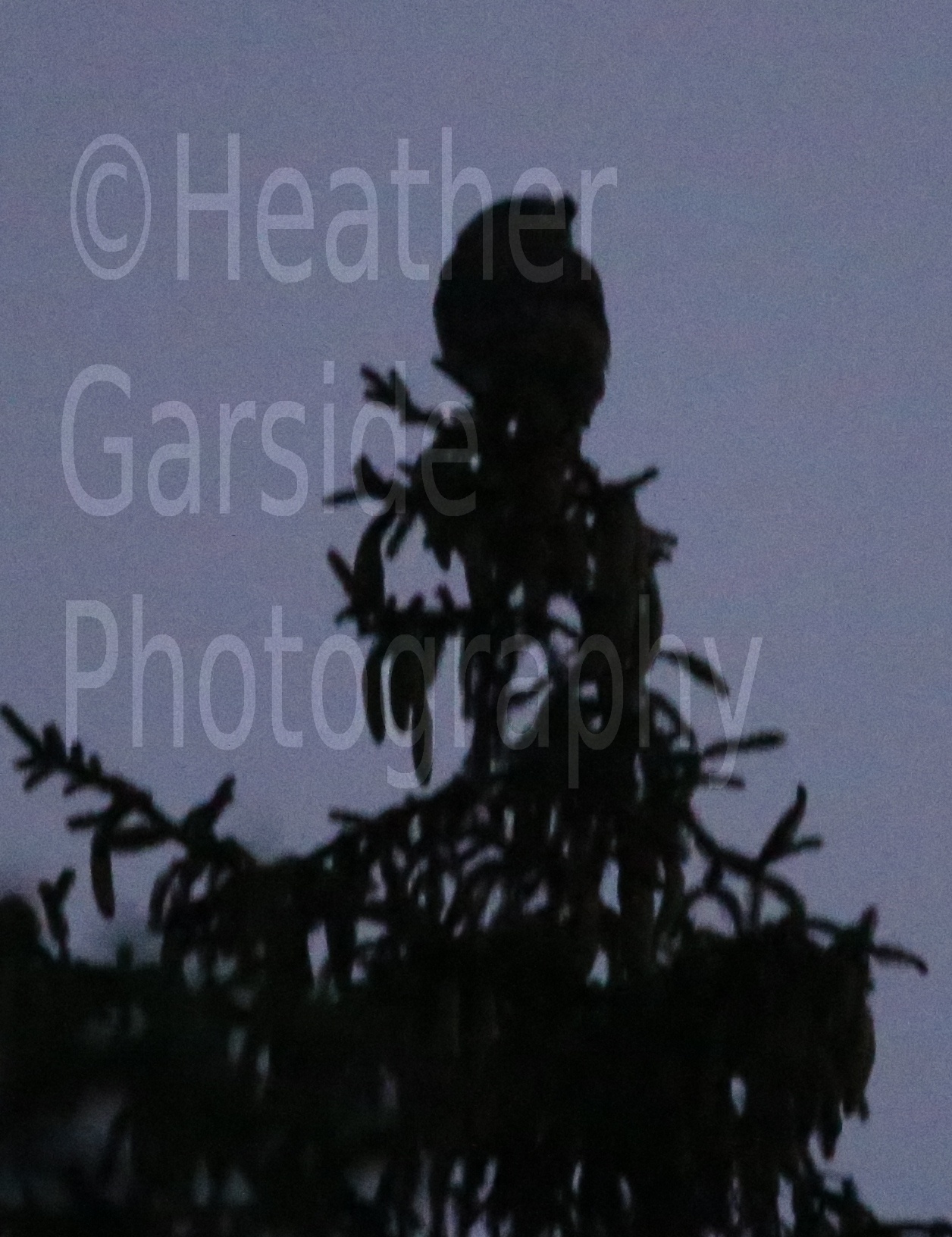
One night while on the deck we heard a loud commotion. Some Blue Jays had nested in the large oak behind our house, and they were clearly unhappy. We decided that based on the noise, which included a lot of rustling of leaves, that they must be trying to fend off a predator that had wandered too close to their abode. Sure enough, they soon ran the unwelcome guest off and we saw a large bird fly from our oak and settle in the very top of a large conifer a few backyards away. Despite the lack of direct sunlight, or perhaps because of the dusky lighting, we could see it very clearly. My husband ran to get the camera, and we took a few shots, which considering the lighting conditions, I feel it is fair to say, didn’t turn out half bad. After looking at these photos zoomed in, we can confidently say that it was not a hawk, but an owl that was plaguing the Blue Jays. As you can seen from the photos, the conditions are not ideal for identifying the exact species, general body shape and size being the only features we can use for comparison. If I had to make an educated guess, I would say it was probably a Great Horned Owl.
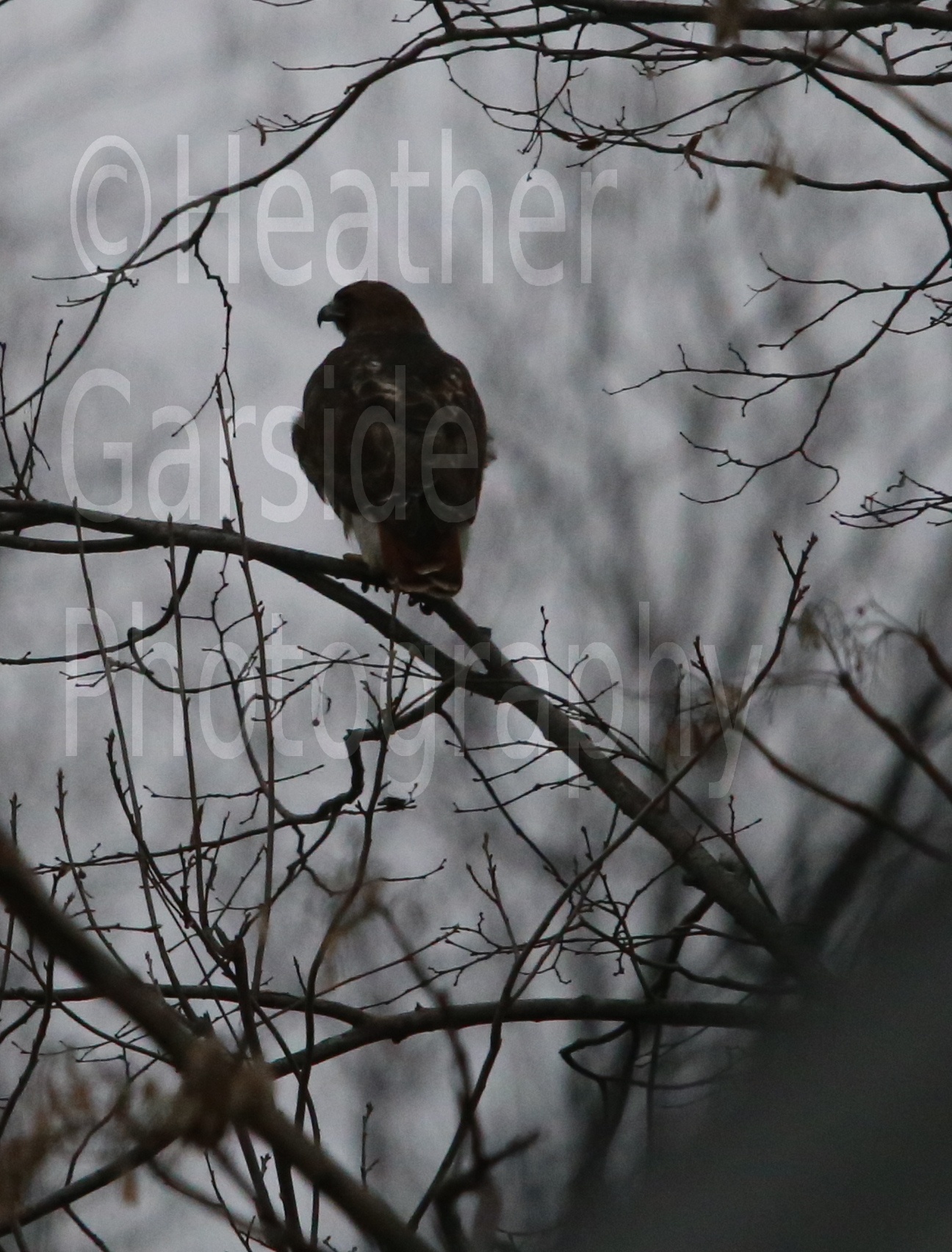
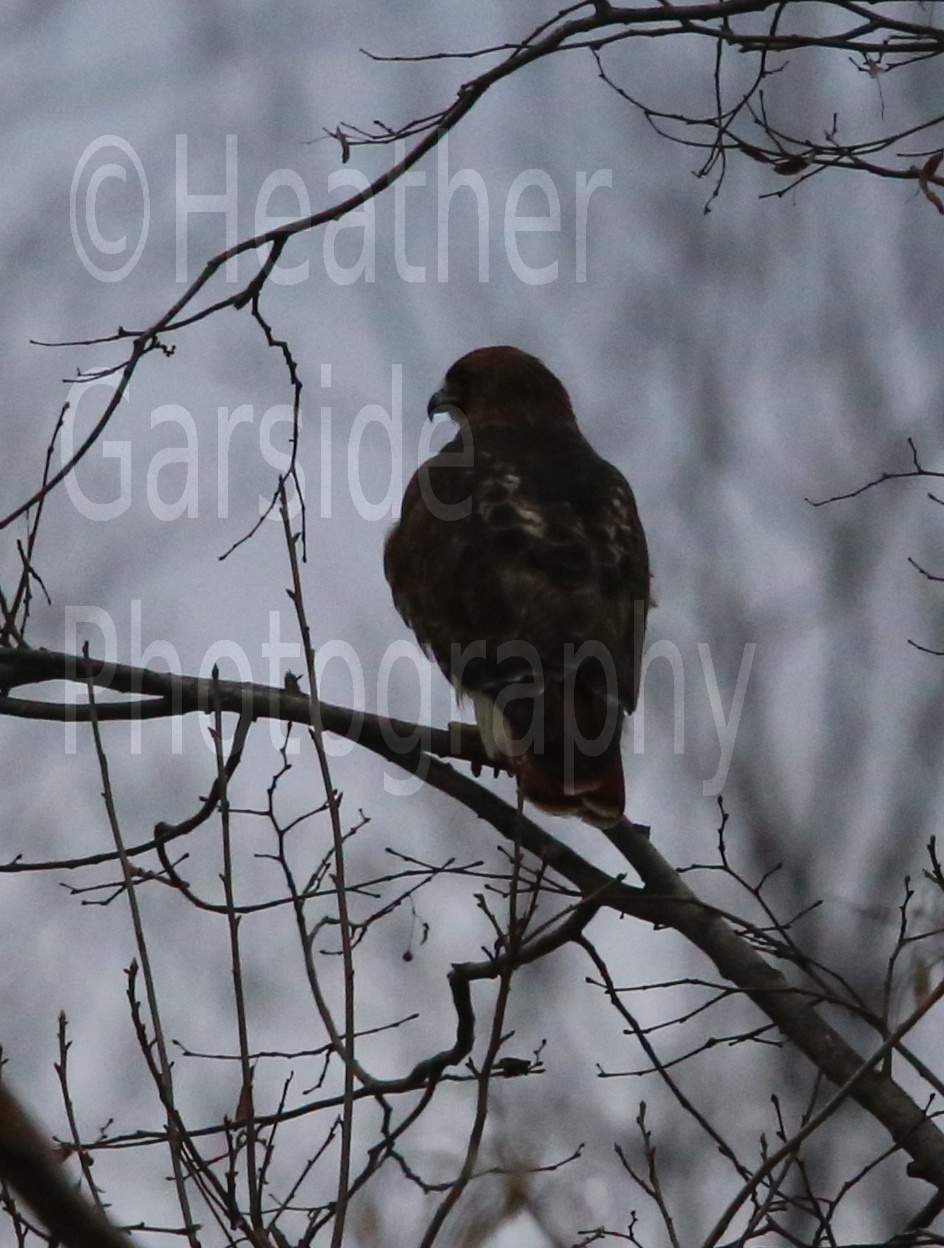

While we are on the subject of larger birds, just the other day a Red-Tailed Hawk decided to take a rest in the oak tree in my front yard. I only happened to notice it because I was on the porch, putting up some of the outdoor Christmas decorations. By the time I had my camera, it left its perch, but as luck would have it, it decided to settle in a tree behind my neighbor’s house, so I was still able to snap a few photos. After all, what is a long lens for? While the hawk had its back to me the whole time, I managed to get view of its profile, showing his hooked beak. The red of its tail feathers can also be seen, if a bit subtle in the overcast autumn light.
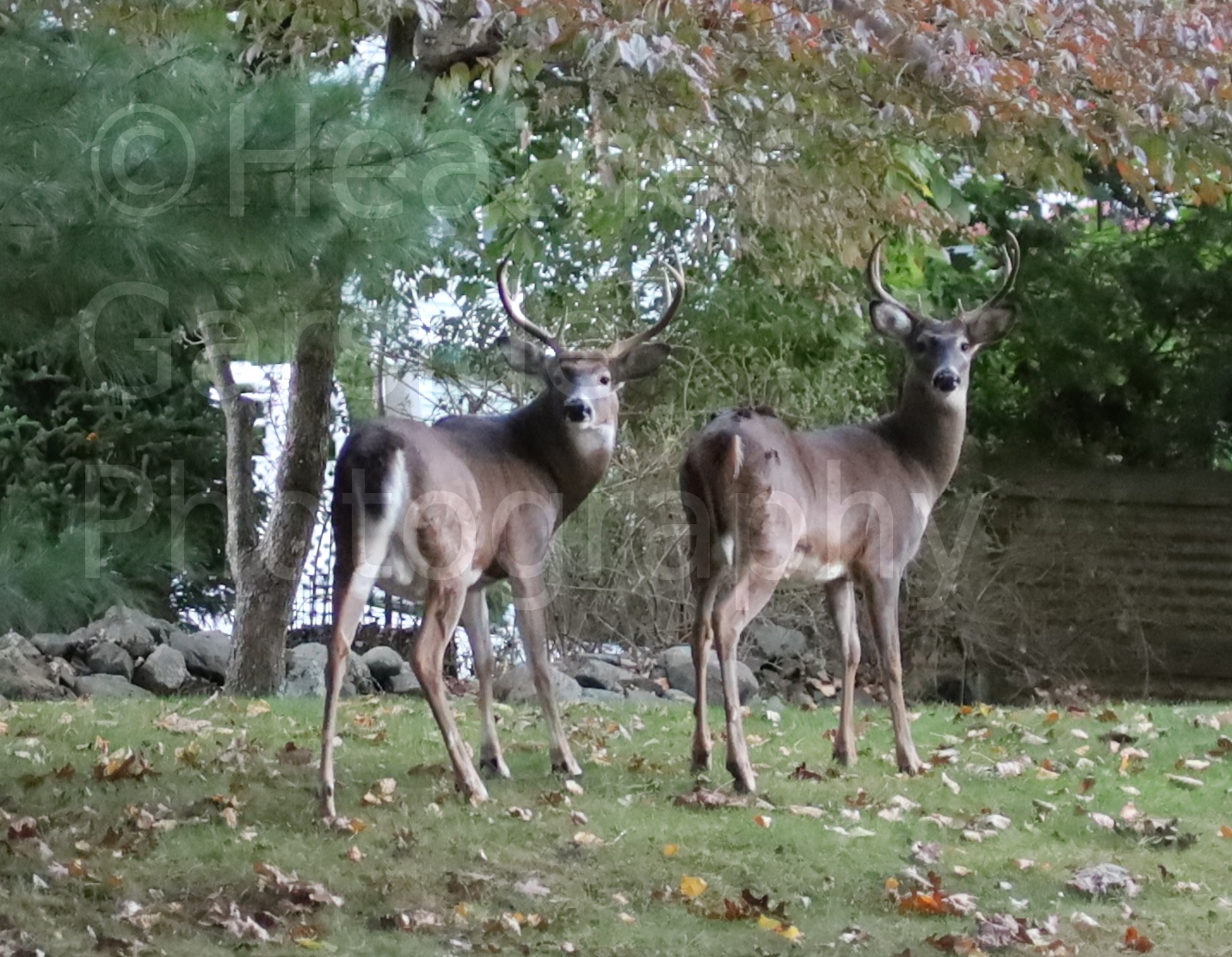
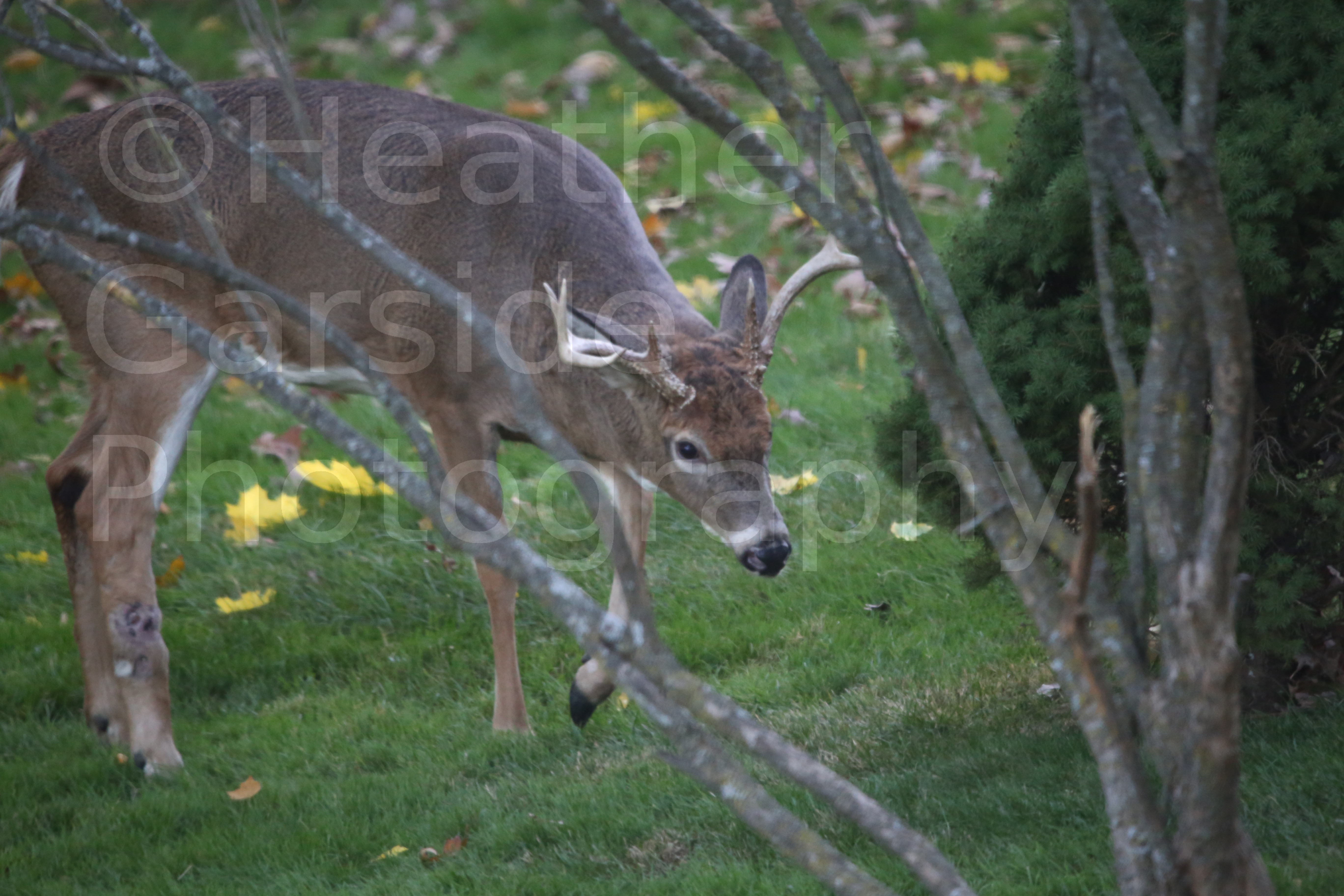

Of course, I would be remiss to write about backyard wildlife and not talk a bit about deer. I am used to seeing deer on my hikes. But until I moved here I was not accustomed to their brazenness. Since we relocated it is not uncommon to look out our kitchen windows into the backyard and see deer, only a few yards from our house or our neighbors’. On the few occasions we have ventured out to take a few pictures, our presence doesn’t startle them in the least. Usually they look up for a few seconds before putting their heads back to the ground and focusing on the task at hand. We aren’t just talking fawns or a few misguided does either. We have had bucks, and on one occasion a pair of bucks, without an indication that they sense even the slightest danger. If anyone needs to be taught about social distancing, it’s them!

